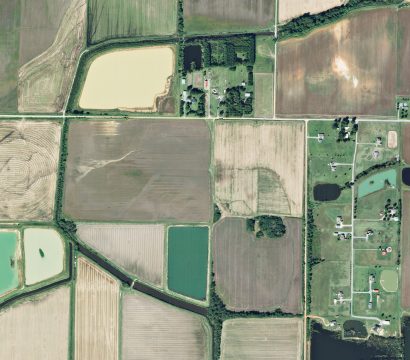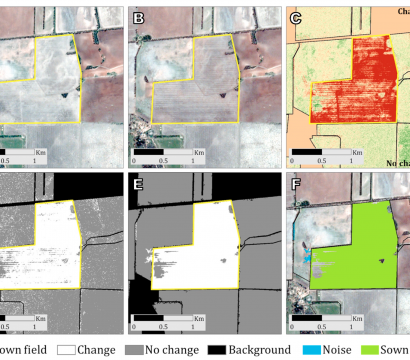Understanding the Downstream Impacts of On-Farm Reservoirs
On-farm reservoirs play a critical role in crop irrigation. They store water during the wet season for subsequent use for crop irrigation during the dry season. In the U.S. alone, there are an estimated 2.6 million such reservoirs. However, storing this water has poorly understood impacts on downstream hydrology and ecosystems. The […]











